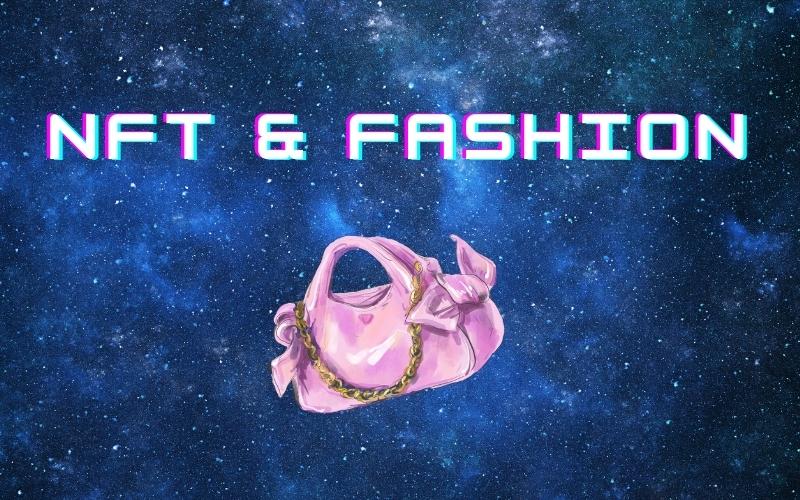The use cases of NFT tend to be a good fit for fashion brands. Platforms like The Sandbox and Decentraland already held fashion events and host representations of real-life stores and brands.
Here are the top 3 ways fashion brands connect with the NFT standard.
Move-to-Earn Partnerships
Sneaker brands are having a field day partnering with move-to-earn apps. The more prominent ones like STEPN (GMT) and Step.App try to boost their presence with brand awareness. STEPN has added the Asic brand to its NFT collection.
The CryptoKicks game is partnering with Nike, though for now big brands are not issuing their own movement lifestyle brands.
Metaverse Presence
Builders are one type of content creators for the metaverse. Digital fashion creators are another staple in making virtual spaces more appealing.
The business of skins and unique looks, some borrowing from major fashion brands. The Sandbox also announced a recent partnership with The Avangard, a group creating a hub for digital fashion.
The items within the metaverse are mostly used for clout and as rewards for players, with some potentially commanding higher prices upon resale.
Real-Life Engagement
Some skeptics see social media profiles with an .ETH extension as a no-go. But even mainstream brands are catching on. G-Star Raw.ETH, as it goes on social media, mixes digital presence with a well-established mainstream brand of streetwear.
The brand issued its own NFT collection of avatars and a loyalty token.
The brand team is active on Discord and uses its NFT presence as a way to offer discounts and giveaways. G-Star has also created physical versions of its avatars, built out of the brand’s signature denim fabrics.
There is also a flow back from NFT and into fashion, as in the case of Bored Ape Yacht Club. Other fashion brands try to integrate NFT into apps, as in the case of the Louis Vuitton game. Some big brands stay away from avatar collections, and instead assign tokens to each of their high-end items, with a blockchain-based certificate of authenticity.










